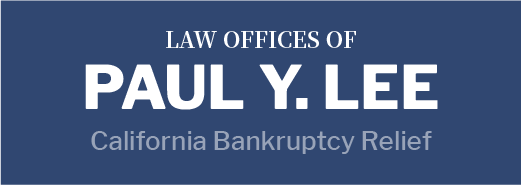
Confronting a towering pile of medical debt can plunge anyone into despair, especially when it feels like there’s no escape. However, understanding the statute of limitations on debt collection could illuminate a path forward that many aren’t aware of.
This piece aims to explore how the statute of limitations impacts the collection of medical debt in California and whether bankruptcy emerges as a viable solution under such circumstances. Contact The Law Offices of Paul Y. Lee at 951-755-1000 if you require a consutlation with a bankruptcy attorney.
Understanding the Statute of Limitations on Medical Debt
The statute of limitations is a legal concept that sets the maximum time after an event within which legal proceedings may be initiated. When it comes to medical debt, if a creditor does not file a lawsuit within this timeframe, they lose the legal right to sue for the debt. While it might seem strategic to simply wait for the statute to lapse, this approach is fraught with drawbacks, not least of which is the continuous impact on your credit score and financial well-being.
Timeline for Debt Collection
The duration a medical debt collector has to pursue legal action varies based on several factors, including the state’s specific statute of limitations and the nature of the agreement under which the debt was incurred. In California, the statute of limitations for medical debt typically aligns with that for breach of written contract, usually set at four years. This period commences from the last payment due date or the last actual payment made, whichever is more recent.
Protections Against Predatory Debt Collection
Even within the statute of limitations, debtors are not without protection. Laws are in place to shield individuals from aggressive and unethical debt collection practices. These include prohibitions against excessive communication meant to harass, use of abusive language, threats of legal action that cannot be taken, and misrepresentation of the collector’s identity or authority.
The Role of Bankruptcy in Addressing Medical Debt
For many, the expiration of the statute of limitations on medical debt does not present a practical solution due to the immediate and lasting impacts on one’s financial health. Bankruptcy offers an alternative route, potentially allowing for the discharge of medical debts while immediately halting collection efforts through the automatic stay provision.
Choosing the Right Bankruptcy Chapter
Deciding whether to file for Chapter 7 or Chapter 13 bankruptcy depends on various factors, including the debtor’s income level, the nature of their debts, and their financial objectives. Chapter 7 bankruptcy can eliminate most unsecured debts, including medical bills, for those who qualify under its means test. Chapter 13, on the other hand, may be more suited to individuals with a steady income, allowing them to reorganize and repay their debts over time.
Seeking Professional Guidance
Navigating the complexities of medical debt, the statute of limitations, and bankruptcy requires careful consideration and expert advice. The Law Offices of Paul Y. Lee is committed to providing individuals with the information and support they need to make informed decisions about their financial futures.
For those grappling with medical debt and contemplating bankruptcy, a consultation with a seasoned bankruptcy attorney can clarify the best course of action. At The Law Offices of Paul Y. Lee, we offer free bankruptcy evaluations, providing a confidential space to discuss your situation and explore your options. If you’re seeking a way out of the burden of medical debt, reach out to The Law Offices of Paul Y. Lee at 951-755-1000 to learn how we can assist you in achieving financial recovery and a fresh start.

